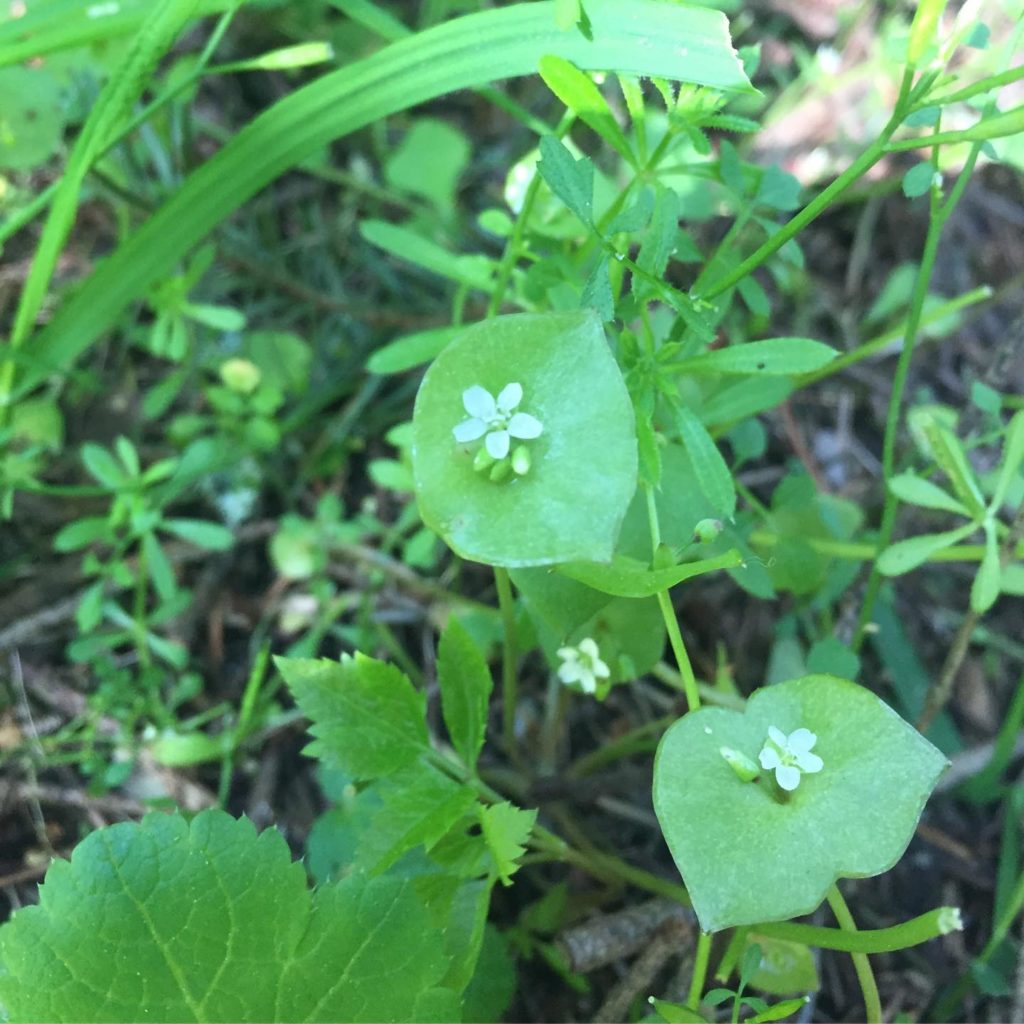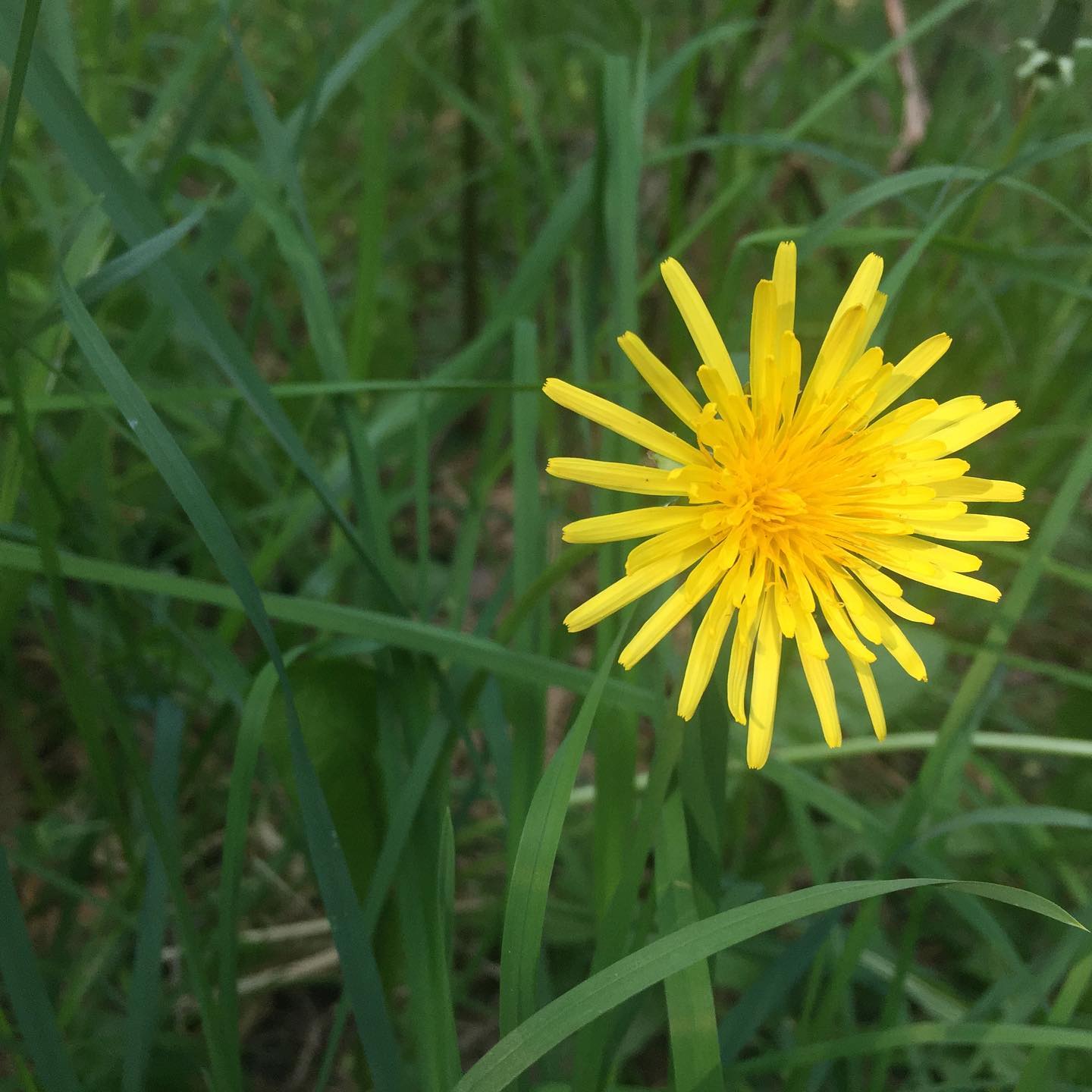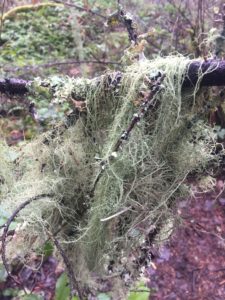I had a chuckle while leafing through my library-borrowed gardening book the other day (Food to Grow by the aptly-named Frankie Flowers). The mention of stinging nettle, burdock, and plantain – all great medicinal herbs – caught my eye, but as I kept reading I realized that they were in the section on weeds! A weed is essentially a plant growing in an “undesirable” location, so what constitutes a weed is incredibly subjective. Many species of common “weeds” are hardy, fast-growing, and opportunistic – when they see bare soil (something you rarely find in nature), they take advantage of it. While weeding is considered a pain by most gardeners, this too is all a matter of perspective. When weeds transform from pesky invaders into usable sources of food and medicine, your pile of weeds becomes a bountiful harvest. Be careful to not harvest in contaminated areas like roadsides, old industrial sites, or places sprayed with chemicals or pesticides. Below I’ve listed two common weeds and a brief description of how you can use them:
Dandelion: Dandelion is incredibly nutritious and you can eat all parts of it from the flower all the way down to the long taproot. Dandelion leaves increase in bitterness with age, so the best time to harvest aerial parts is in spring. The leaves and flowers can be added to salads or stir fry (cooking reduces the bitterness of the leaves). The bitter taste stimulates bile secretion and as such promotes digestion. Roots can be harvested in the fall. Roasted roots have been used as a coffee substitute and are also a great liver cleanser. There are studies that demonstrate anti-cancer benefits of dandelion extract too, from selectively killing colorectal cancer cells to suppressing gastric cancer cells. How cool is that!
Miners lettuce: Miners lettuce is easy to identify as its white flower and stem grows in the middle of the round leaf. The name miners lettuce originated during the gold rush when indigenous North Americans showed miners that the plant could be eaten to ward off scurvy with its high vitamin C content. It has a mild flavour, and I like adding it to salads or sandwiches.



